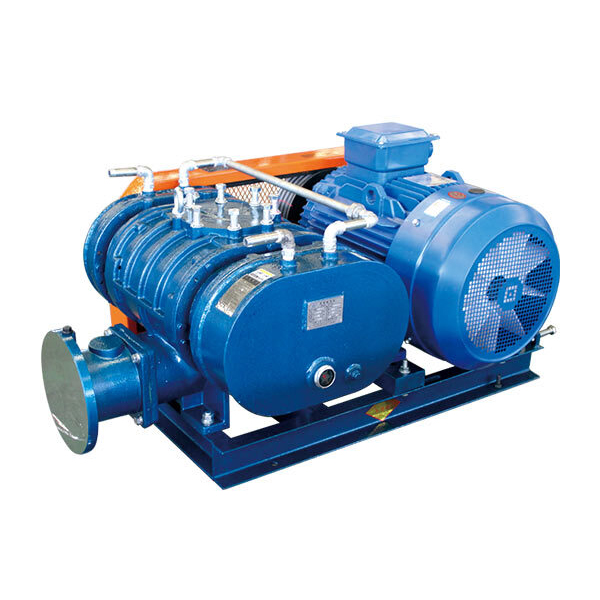- English
- 简体中文
- Esperanto
- Afrikaans
- Català
- שפה עברית
- Cymraeg
- Galego
- 繁体中文
- Latviešu
- icelandic
- ייִדיש
- беларускі
- Hrvatski
- Kreyòl ayisyen
- Shqiptar
- Malti
- lugha ya Kiswahili
- አማርኛ
- Bosanski
- Frysk
- ភាសាខ្មែរ
- ქართული
- ગુજરાતી
- Hausa
- Кыргыз тили
- ಕನ್ನಡ
- Corsa
- Kurdî
- മലയാളം
- Maori
- Монгол хэл
- Hmong
- IsiXhosa
- Zulu
- Punjabi
- پښتو
- Chichewa
- Samoa
- Sesotho
- සිංහල
- Gàidhlig
- Cebuano
- Somali
- Тоҷикӣ
- O'zbek
- Hawaiian
- سنڌي
- Shinra
- Հայերեն
- Igbo
- Sundanese
- Lëtzebuergesch
- Malagasy
- Yoruba
- Español
- Português
- русский
- Français
- 日本語
- Deutsch
- tiếng Việt
- Italiano
- Nederlands
- ภาษาไทย
- Polski
- 한국어
- Svenska
- magyar
- Malay
- বাংলা ভাষার
- Dansk
- Suomi
- हिन्दी
- Pilipino
- Türkçe
- Gaeilge
- العربية
- Indonesia
- Norsk
- تمل
- český
- ελληνικά
- український
- Javanese
- فارسی
- தமிழ்
- తెలుగు
- नेपाली
- Burmese
- български
- ລາວ
- Latine
- Қазақша
- Euskal
- Azərbaycan
- Slovenský jazyk
- Македонски
- Lietuvos
- Eesti Keel
- Română
- Slovenski
- मराठी
- Srpski језик
How Roots Blower Works: A Comprehensive Guide
Roots blowers are essential industrial machines used for moving large volumes of air or gas at moderate pressure levels. They are widely applied in wastewater treatment, pneumatic conveying, and combustion air supply. Understanding how a Roots blower works can help industries optimize their operations and select the right equipment for their needs.
The Working Principle of Roots Blower
A Roots blower operates on a simple yet efficient principle. It consists of two rotors that rotate in opposite directions within a tightly sealed casing. As the rotors turn, air or gas is trapped between the lobes and the casing, then pushed toward the discharge side. Unlike compressors, Roots blowers do not internally compress the gas; instead, they deliver a constant volume of air with each rotation.
Key Components of a Roots Blower:
-
Rotors: Typically two or three-lobed, these interlocking rotors move air without metal-to-metal contact.
-
Casing: Provides an airtight chamber to ensure efficient air displacement.
-
Inlet & Outlet Ports: Allow air intake and discharge.
-
Timing Gears: Synchronize rotor movement to prevent contact.
-
Bearings & Seals: Reduce friction and prevent leaks.
Key Parameters of Roots Blower
When selecting a Roots blower, it’s crucial to consider the following specifications:
Performance Parameters:
| Parameter | Description |
|---|---|
| Flow Rate | Measured in CFM or m³/min, indicates air volume moved per minute. |
| Pressure Range | Typically 0.4 to 1.0 bar (5.8 to 14.5 psi). |
| Power Consumption | Ranges from 1 kW to over 500 kW, depending on size. |
| Speed | Usually 1000 to 4000 RPM. |
Material & Construction Options:
-
Cast Iron: Durable and cost-effective for general applications.
-
Stainless Steel: Corrosion-resistant for harsh environments.
-
Coated Rotors: For oil-free operations in food and pharmaceutical industries.
Advantages of Using a Roots Blower
-
High Efficiency: Delivers consistent airflow with minimal pulsation.
-
Low Maintenance: No internal lubrication needed in oil-free models.
-
Versatility: Suitable for various gases, including air, biogas, and inert gases.
Applications of Roots Blower
Roots blowers are used in multiple industries, such as:
-
Wastewater Treatment: Aeration in biological treatment processes.
-
Cement Industry: Pneumatic conveying of raw materials.
-
Chemical Processing: Handling corrosive gases safely.
Conclusion
A Roots blower is a reliable and efficient solution for industries requiring steady airflow or gas transfer. By understanding its working mechanism and key parameters, businesses can make informed decisions when integrating this equipment into their operations. Whether for wastewater treatment or industrial gas handling, a Roots blower ensures consistent performance with minimal maintenance.
If you are very interested in our Shandong Yinchi Environmental Protection Equipment's products or have any questions, please feel free to contact us!




